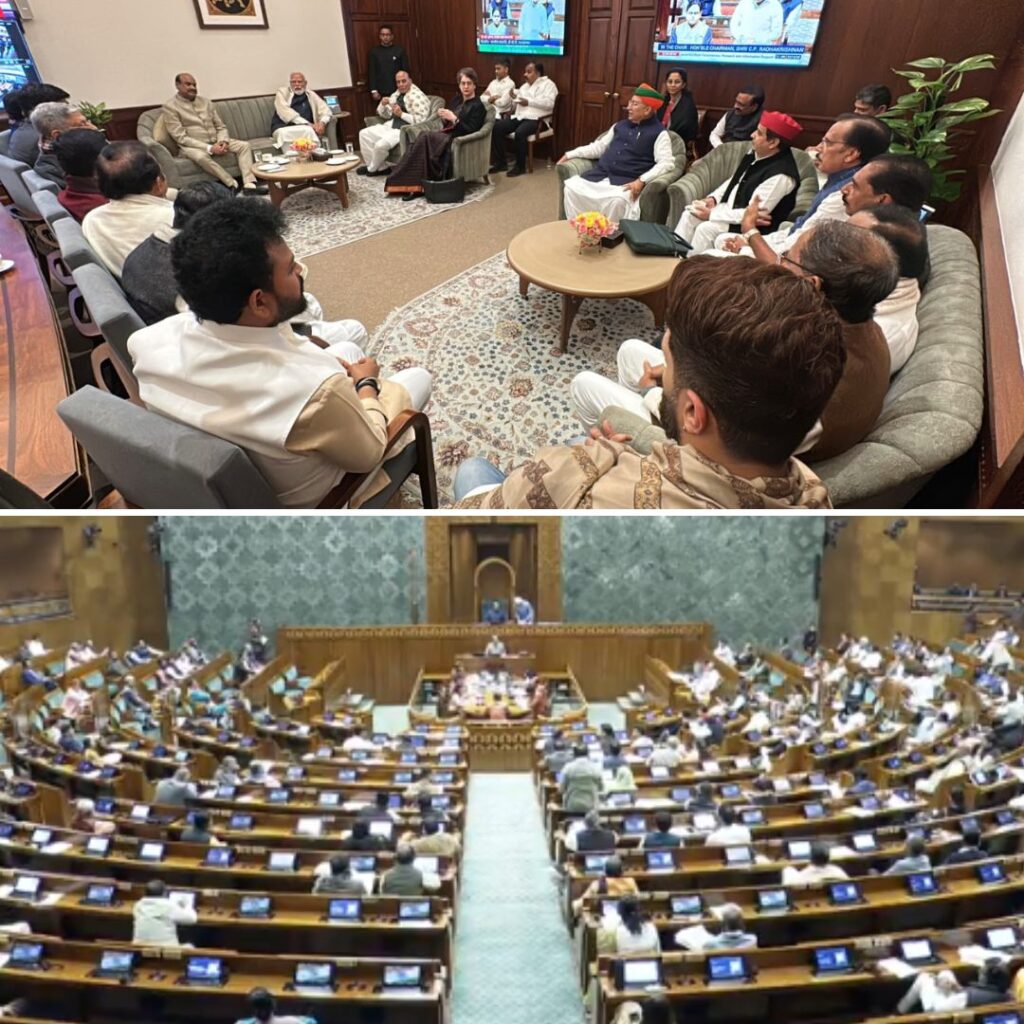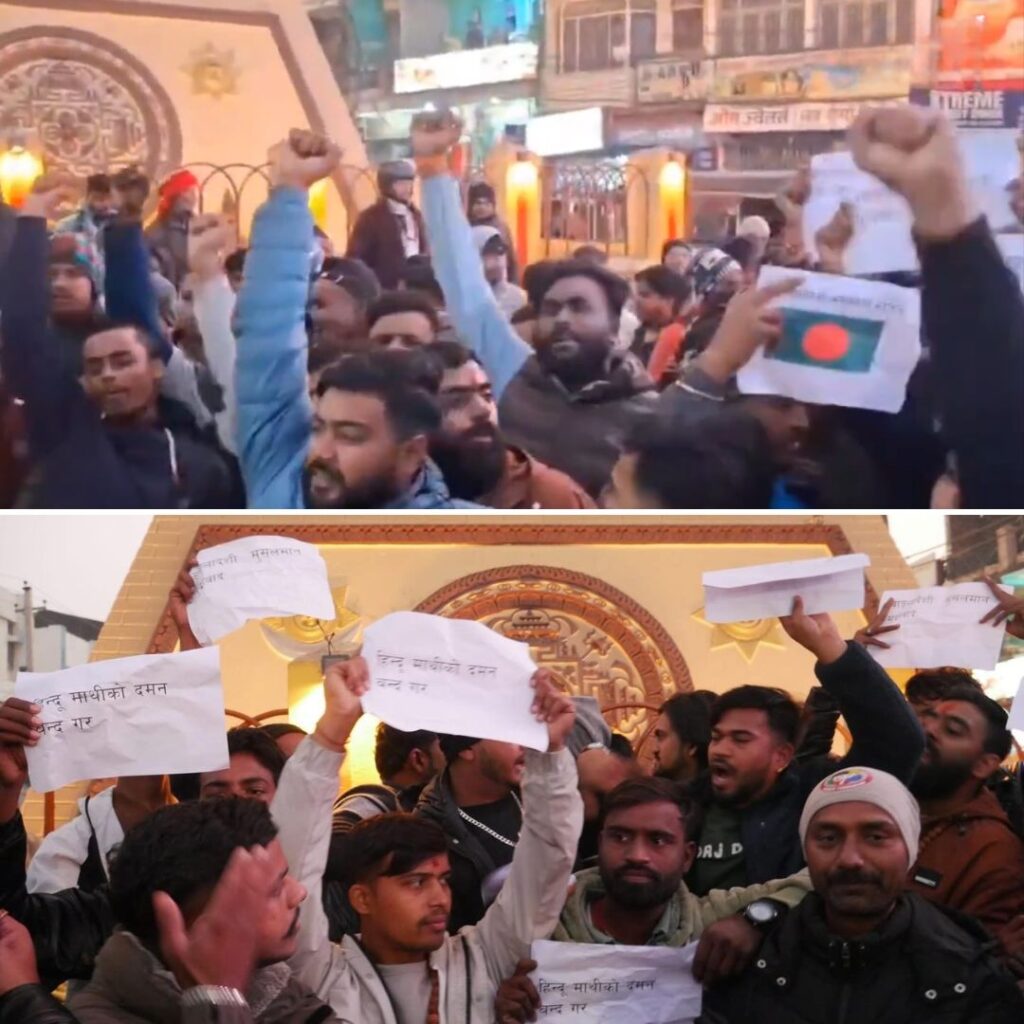Finance Minister Arun Jaitley on Wednesday announced that Union Cabinet gave an in-principle nod for public sector bank merger and consolidation. It has also approved setting up an alternative mechanism for bank merger, said a report by The Indian Express. The decision was taken at the Cabinet meeting on Wednesday afternoon.
He said in a press meeting, “The cabinet approved the constitution of an alternate mechanism that will oversee proposals with regard to consolidation of banks, which will come from the PSBs.” He further added, “If any other PSB board gives a consolidation proposal, to oversee that proposal an alternative mechanism will be in place to give in principle approval for the proposal of the banks for a scheme of amalgamation.”
The Public Sector Banks will chalk out final contours and seek approval for the process from Group of Ministers. The bank boards will take the final call on branch mergers, real estate assets, manpower and the required re-capitalisation. While the in-principle approval for the next level of PSU (public sector undertaking) is granted, the names of banks for the merger will soon be submitted to the Group of Ministers. The names of the banks, according to a report by Moneycontrol will be decided on four main points – profit of the banks, similar geographical coverage, comparable asset quality and capital adequacy ratio.
Consolidation of banks
India is looking to reduce the number of state run banks to 10-15, more than what was envisaged earlier, through a series of merger and acquisitions. This step is being taken so that none of the banks become too big to fail, said Sanjeev Sanyal, principal economic adviser at the finance ministry, according to a report by The Hindustan Times.
Sanyal also added that the consolidation will not be taken too far from four to five as speculated. This move will work purely on a commercial basis and is necessary since if one bank fails, the entire system shall face a massive breakdown. The struggling state-run banks have a market share of 70% and they account for more than 80% of the bad loans in the Indian banking system. This move while helping the struggling banks to bolster their risk-taking ability. The government is willing to go an extra mile to support the lenders by infusing capital.
Consolidation, in this case, will not only factor in the balance sheet but it will also require integration of people and technology. Recently, the State Bank of India is in the news as they have merged five of its associate banks in one stroke. This historical move has made the SBI a global-sized bank. It has absorbed five associated banks and Bharatiya Mahila Bank in April 2017. This move accounted for a quarter of all outstanding loans in the country.
Challenges
According to a report by The Firstpost, Reserve Bank of India Governor Urjit Patel also called for re-capitalisation of nationalised banks to help tackle deteriorating Non-Performing Assets (NPAs). Recapitalisation of state-run banks will help solve NPAs issue in a time-bound manner. The bad loans are at 9.6% of the system, a financial situation which is highly unacceptable.
Most state-run banks, a corollary to any bad loans resolution is a higher re-capitalisation of the banks. He further said, “The government and the RBI are in a dialogue to prepare a set of measures to enable state -run banks to shore up the requisite capital in a time-bound manner.”
The economic challenge while dealing with the NPA issue gets heightened when seen against the capital position of some banks. In this case, liquidation of stressed assets will be difficult for delogging the balance sheet and efficient reallocation of capital. The issue will be resolved in a multi-pronged approach and credibility of all the NPA resolutions will depend critically on the strength of public sector banks’ balance sheet to absorb the cost.
Joining finance minister Arun Jaitley and RBI Governor Urjit Patel, in their campaign for consolidation of state-run banks, SBI Chairman Arundhati Bhattacharya told Moneycontrol, “Mergers should be such that it should benefit the customers and should result in adding value to the shareholders. Mergers should reduce dependent of capital resources from the government.”
Banks and bad loans
Many of these banks have similar product offering and they overlap in geographical location as well. They are struggling to deal with increasing bad loans, straining the government’s resources. According to Finance Ministry data, public sector banks wrote off a record Rs 81,683 crores worth of bad loans in the financial year ended March 2017. This represents a 41% jump over previous years write-off amount of Rs 57, 586 crores and has happened despite several measures put in place to tackle bad loans or NPA crisis.
Bad loans of both public and private banks stood at Rs 697,409 crore at the end December 2016 with gross NPAs making up about 11% of the gross advances at public sector banks. Bad lo…












